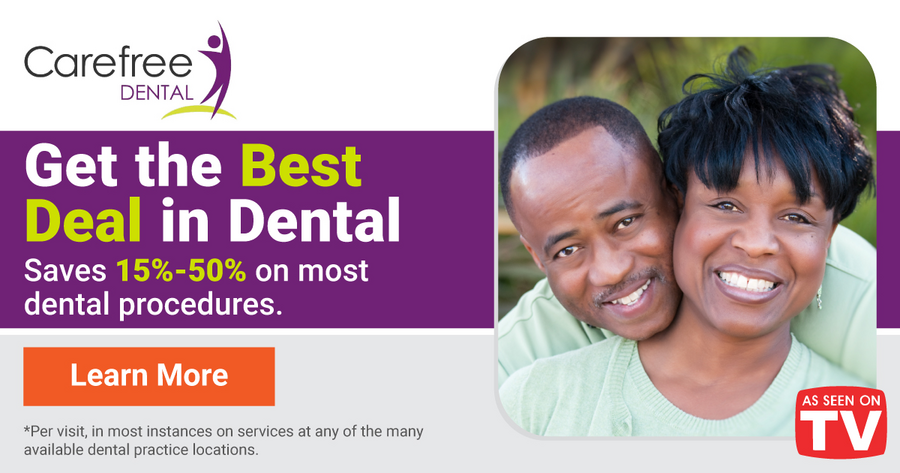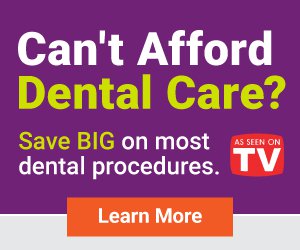How to Protect Your Teeth in 10 Easy Steps
The health of your teeth is crucial for your life and general wellbeing. Healthy teeth don’t just look great. They help you eat and speak. Learn how to protect your teeth and maintain your oral hygiene every day.
What Are You Protecting Your Teeth From?
Your mouth is a breeding ground for bacteria. It comes in contact with various germs, and your saliva isn’t enough to protect your teeth from their damage.
When bacteria builds up on your teeth, it releases an acid that breaks down your enamel (the hard outer layer of your teeth). This leads to cavities and possible infection.
Speaking of infection, your gums can also get inflamed in a condition called periodontitis (gum disease). Untreated, this inflammation can spread to your lymph nodes, eyes, heart, and brain.
At that point, the risk of tooth pain or losing your teeth is the least of your worries. If you know how to protect your teeth, you know how to protect your overall health.
10 Crucial Steps to Protect Your Teeth Every Day
These regular activities can maintain the hygiene and condition of your teeth, and protect them from bacteria or injuries. You can implement most of these as part of your daily oral hygiene routine. While others require a different view on your lifestyle.
If you’re worried about the environmental effect of these healthy teeth habits, there are plenty of green dental hygiene products to choose from. Your teeth and the Earth will thank you.
1. Brush Your Teeth Twice a Day
Undoubtedly, brushing your teeth is the most important part of your dental hygiene routine.
Brush your teeth twice a day every day. It’s best to brush your teeth at least an hour after eating.
But, don’t overbrush.
Aggressive brushing doesn’t make your teeth cleaner, it only erodes your enamel.
2. Use a Fluoride Toothpaste
If you want to repair and protect the enamel of your teeth, make sure you’re using fluoride toothpaste. While there is some fluoride in tap water, it’s not enough to truly protect your teeth. On the other hand, using toothpaste-rich in fluoride can.
3. Don’t Forget to Floss
Flossing can get rid of food particles and bacteria from spaces that the bristles of your toothbrush can’t reach. It’s a useful tool to prevent cavities and tooth decay.
However, always be careful with how you floss. Make sure not to damage your gums in the process.
4. Scrape Your Tongue
A lot of people don’t realize how important it is to scrape your tongue. Adding this to your oral hygiene routine twice a day can significantly lower the number of germs and bacteria in your mouth.
5. Use Mouthwash
Mouthwash doesn’t just provide a minty fresh feeling. Depending on the type of mouthwash, it can complement your dental hygiene routine to help protect your teeth. Tooth sensitivity, cavities, and discoloration are some of the common issues mouthwash can help prevent.
6. Avoid Sugary Foods
The bacteria on your teeth that causes cavities loves sugar. They feed on it. So, the more sugary foods and drinks you eat, the happier you’ll make the harmful bacteria.
Candy, soda, and cake all contribute to cavities.
Eating a healthy, well-balanced diet with plenty of vegetables is how you can protect your teeth with your diet.
7. Don’t Drink Coffee or Wine If You Want Pearly Whites
If you want to protect the whiteness of your teeth, avoid drinking coffee or red wine. The tannins in these drinks stain your teeth, giving them a yellow-ish hue.
Professional teeth whitening methods are your only option to restore the beautiful whiteness of your teeth.
8. Prevent Dental Injury
If you practice a high-contact sport, make sure you always wear a mouthguard. This can prevent your teeth from breaking, chipping, or falling out.
Of course, even if you don’t play football or baseball you can still break your teeth. Bumping your head hard into something or biting on something hard can definitely chip your teeth.
Be mindful of your teeth to protect yourself from a dental emergency.
9. Stay Away From Bad Teeth Habits
Certain bad habits are worse for your teeth than you think. Chewing on toothpicks or ice for example wears away at your enamel.
Biting your nails, using your teeth as tools, and thumb sicking also have a bad effect on your teeth.
10. Visit the Dentist for Cleanings and Regular Checkups
The best person to take care of your teeth is the dentist. They’re qualified to inspect and diagnose dental problems, sometimes even before you notice them.
It’s crucial to visit your dentist once or twice a year for regular dental cleanings. This also serves as an opportunity for the dentist to inspect the condition of your teeth.
What’s the Minimum You Need to Do to Protect Your Teeth?
While these steps will maximize your efforts to protect your teeth, if you’re truly looking for the bare minimum in your dental hygiene routine, focus on brushing and the dentist.
The absolute least you should do is brush your teeth every day and visit the dentist twice a year.
However, the more you do, the more protected your teeth will be from cavities, gum disease, and injury.
Protecting Your Teeth Shouldn’t Break the Bank
Even though it’s one of the two bare minimum requirements of protecting your teeth, many people don’t go to the dentist out of fear. And not even fear of the dentist...
Fear of the dental bill.
A dental cleaning and oral examination can already have a high cost. And if you need any procedure, such as fillings, crowns, or root canals, then the dental bill gets higher and higher.
If you have a Carefree Dental Card, you don’t have to worry about the dental bill. Unlock huge savings on dental procedures at participating dentists. You can save between 15%-50%* per visit on your dental bill in most instances.
Save on dental visits and protect your teeth at a lower cost by becoming a Carefree Dental member today.
The Carefree Dental blog is not meant to be a substitute for professional medical advice, diagnosis, or treatment. The text and pictures within the content are intended for information purposes only. Readers should consult with a licensed dentist or healthcare professional before seeking treatment.
The Carefree Dental Card is not insurance and Carefree Dental is not an insurance provider.





